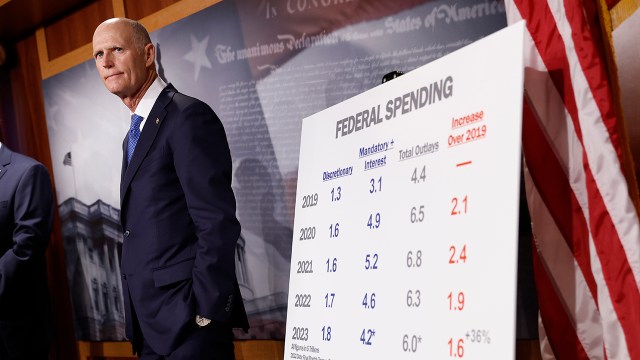Table of Contents
ToggleCurrent State of U.S. Debt
The U.S. national debt has recently garnered significant attention due to its continued growth and the associated implications for the economy. As of the latest reports, the national debt stands at unprecedented levels, prompting discussions about fiscal policy and economic stability.
Recent Policy Measures and Debates
Recent legislative and policy measures related to the national debt have been central to political debates. Lawmakers are actively discussing strategies to manage and reduce the debt, including potential adjustments to spending, taxation, and fiscal policies. These discussions are crucial as they shape the future trajectory of the nation’s debt and its impact on economic health.
Economic Implications
The growing national debt has substantial economic implications. High levels of debt can affect government borrowing costs, impact public services, and influence economic growth. There are concerns about the long-term sustainability of the debt, particularly regarding its potential effects on interest rates and inflation. Economists and financial analysts are closely monitoring these trends to assess their broader economic impact.
Impact on Fiscal Policy
The management of U.S. debt is a key consideration in fiscal policy decisions. Policymakers must balance debt management with other priorities, such as funding public programs and investing in infrastructure. Decisions regarding the national debt also have implications for future budgets and economic planning, affecting both current and future generations.
Market Reactions
Financial markets respond to developments related to the national debt, with changes in government bond yields and investor sentiment reflecting concerns about fiscal stability. Market reactions can provide insights into investor confidence and expectations regarding future fiscal policies and economic conditions.
Long-Term Projections and Challenges
Looking ahead, managing the national debt remains a significant challenge. Long-term projections indicate that addressing the debt will require careful planning and strategic policy decisions. Balancing economic growth with debt reduction efforts is crucial for ensuring long-term fiscal health and economic stability.
Conclusion
The U.S. national debt continues to be a major focus of economic and political discourse. Understanding the current state of the debt, recent policy measures, and their implications is essential for navigating the broader economic landscape. As policymakers and analysts work to address the challenges associated with national debt, staying informed about these developments will be key to anticipating their impact on the economy and financial markets.

